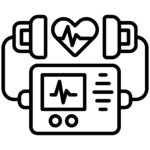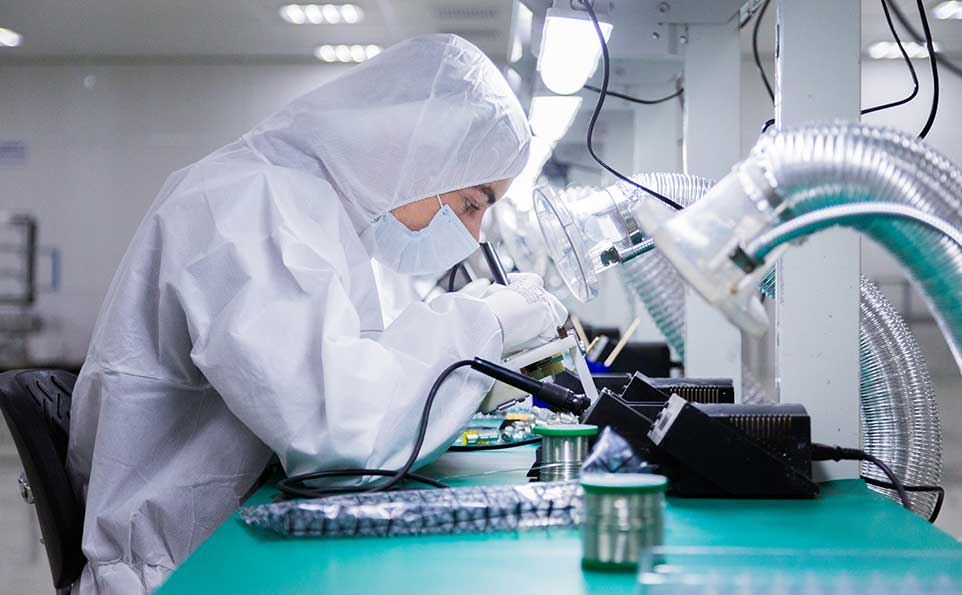The field of medical device development has seen remarkable advancements in recent years, with innovations ranging from wearable health monitors to complex surgical instruments. Behind each breakthrough lies a meticulous process of prototyping and development. In this article, we will delve into the world of medical device prototyping and development, exploring its significance, challenges, and the critical steps involved in bringing life-saving devices to market.
The Significance of Medical Device Prototyping
Medical devices are crucial tools that play a pivotal role in diagnosing, monitoring, and treating various medical conditions. These devices have to meet stringent regulatory standards to ensure their safety, effectiveness, and reliability. Prototyping is a fundamental step in this process, as it allows engineers, designers, and healthcare professionals to test and refine their ideas before moving to full-scale production.
Here are some key reasons why medical device prototyping is essential:
Risk Mitigation: Prototyping helps identify and mitigate potential risks early in the development process. This can include issues related to device functionality, user interface, and safety concerns.
User Feedback: Medical devices must be user-friendly and meet the needs of both healthcare professionals and patients. Prototypes enable designers to gather valuable feedback and make necessary adjustments to enhance usability.
Regulatory Compliance: Regulatory bodies, such as the FDA in the United States, require extensive testing and documentation to ensure that medical devices are safe and effective. Prototyping assists in meeting these regulatory requirements by providing data on device performance and reliability.
Challenges in Medical Device Prototyping
While the benefits of medical device prototyping are evident, there are also challenges associated with this process:
Cost: Developing prototypes can be expensive, especially for complex devices. Balancing cost-effectiveness with the need for high-quality prototypes is a constant challenge.
Time Constraints: Time is often of the essence in the medical field. Developing and refining prototypes can be time-consuming, potentially delaying the availability of life-saving technologies.
Regulatory Hurdles: Meeting regulatory standards is critical but can be a daunting task. Navigating the regulatory landscape adds complexity to the prototyping and development process.
Critical Steps in Medical Device Prototyping and Development
Conceptualization: The process begins with brainstorming and defining the concept for the medical device. This includes identifying the problem it aims to solve and the target user population.
Research and Design: In this phase, extensive research is conducted to understand the existing market, technologies, and regulatory requirements. Designers create detailed specifications and plans for the prototype.
Prototyping: The actual building of prototypes takes place in this step. It can involve various iterations and often requires collaboration between engineers, designers, and medical professionals.
Testing and Validation: Prototypes undergo rigorous testing to ensure they meet performance and safety standards. This includes functional testing, usability testing, and validation against regulatory requirements.
Regulatory Compliance: Preparing for regulatory approval is an ongoing process that involves documentation, risk analysis, and quality assurance.
Production Scaling: Once a prototype passes all tests and regulatory approvals, it can move into production. Scaling up production requires careful planning and coordination.
Market Entry: Finally, the device is launched into the market. Post-market surveillance, user training, and ongoing support are essential to ensure the device's success.
Conclusion
Medical device prototyping and development are indispensable in creating safe, effective, and innovative healthcare solutions. While there are challenges to overcome, the benefits of rigorous prototyping and adherence to regulatory standards cannot be overstated. As technology continues to advance, we can expect even more groundbreaking medical devices to emerge, improving the quality of healthcare for patients worldwide.
 Hospital Furniture
Hospital Furniture Medical Devices
Medical Devices MSR Products
MSR Products Office Furniture
Office Furniture